Filipino Americans are the second-largest Asian American group in the nation. The celebration of Filipino American History Month in October commemorates the first recorded presence of Filipinos in the continental United States, which occurred on October 18, 1587, when “Luzones Indios” came ashore from the Spanish galleon Nuestra Senora de Esperanza and landed at what is now Morro Bay, California. In 2009, U.S. Congress recognized October as Filipino American History Month in the United States (Source: Filipino American National Historical Society).
Celebrate the cultural influence of Filipino Americans and Filipino migrants on American culture with this carefully selected reading list.
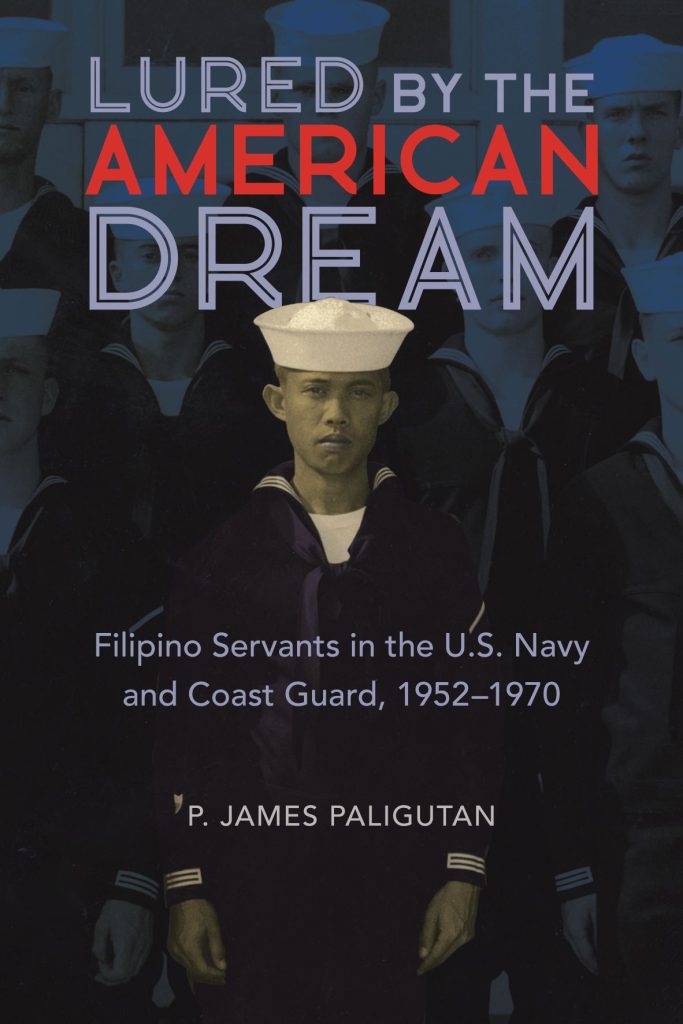
Lured by the American Dream: Filipino Servants in the U.S. Navy and Coast Guard, 1952-1970
By P. James Paligutan
Filipino Americans have been innovators and collaborators in hip hop since the culture’s early days. But Starting in 1952, the United States Navy and Coast Guard actively recruited Filipino men to serve as stewards–domestic servants for officers. Oral histories and detailed archival research inform P. James Paligutan’s story of the critical role played by Filipino sailors in putting an end to race-based military policies.
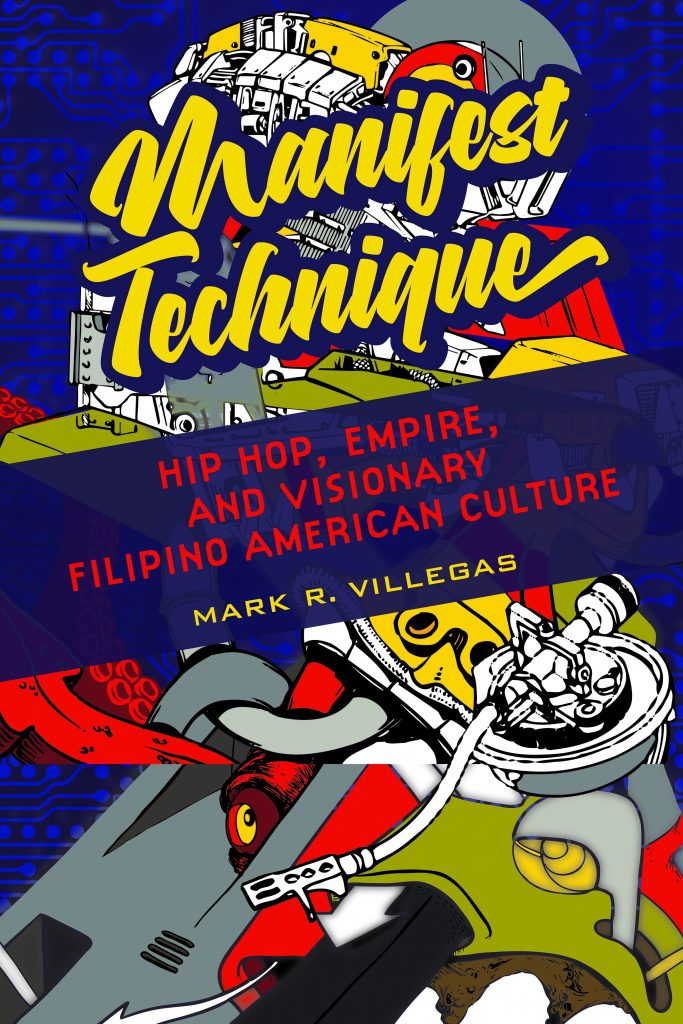
Manifest Technique: Hip Hop, Empire, and Visionary Filipino American Culture
By Mark R. Villegas
Filipino Americans have been innovators and collaborators in hip hop since the culture’s early days. But despite the success of artists like Apl.de.Ap of the Black Eyed Peas and superstar producer Chad Hugo, the genre’s significance in Filipino American communities is often overlooked. Mark R. Villegas considers sprawling coast-to-coast hip hop networks to reveal how Filipino Americans have used music, dance, and visual art to create their worlds.
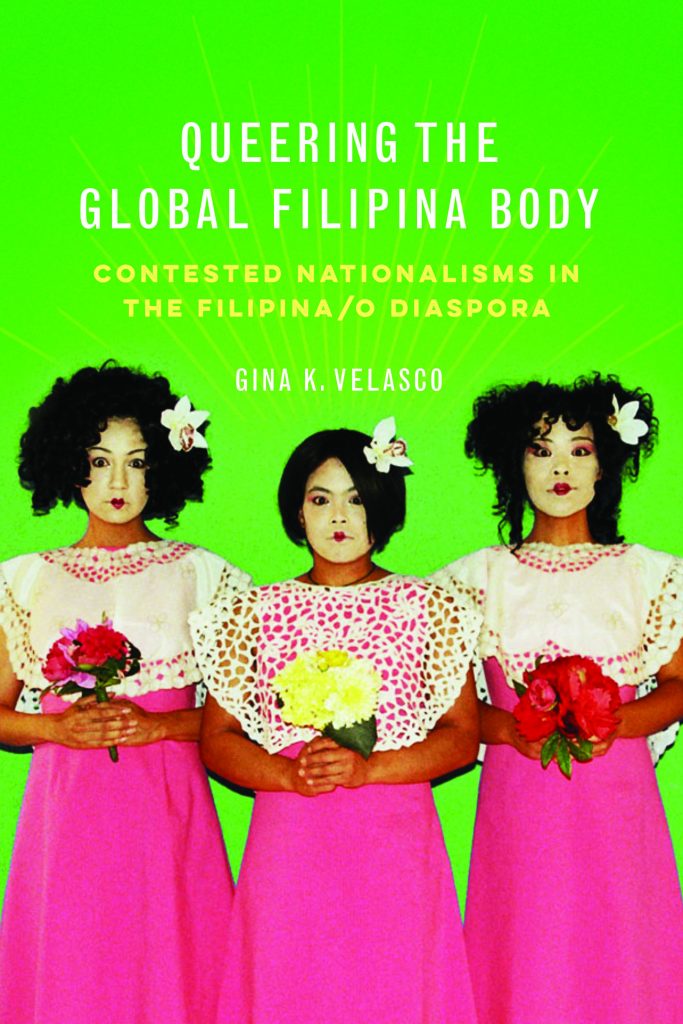
Queering the Global Filipina Body: Contested Nationalisms in the Filipina/o Diaspora
By Gina K. Velasco
Contemporary popular culture stereotypes Filipina women as sex workers, domestic laborers, mail order brides, and caregivers. Gina K. Velasco explores the tensions within Filipina/o American cultural production between feminist and queer critiques of the nation and popular nationalism as a form of resistance to neoimperialism and globalization.
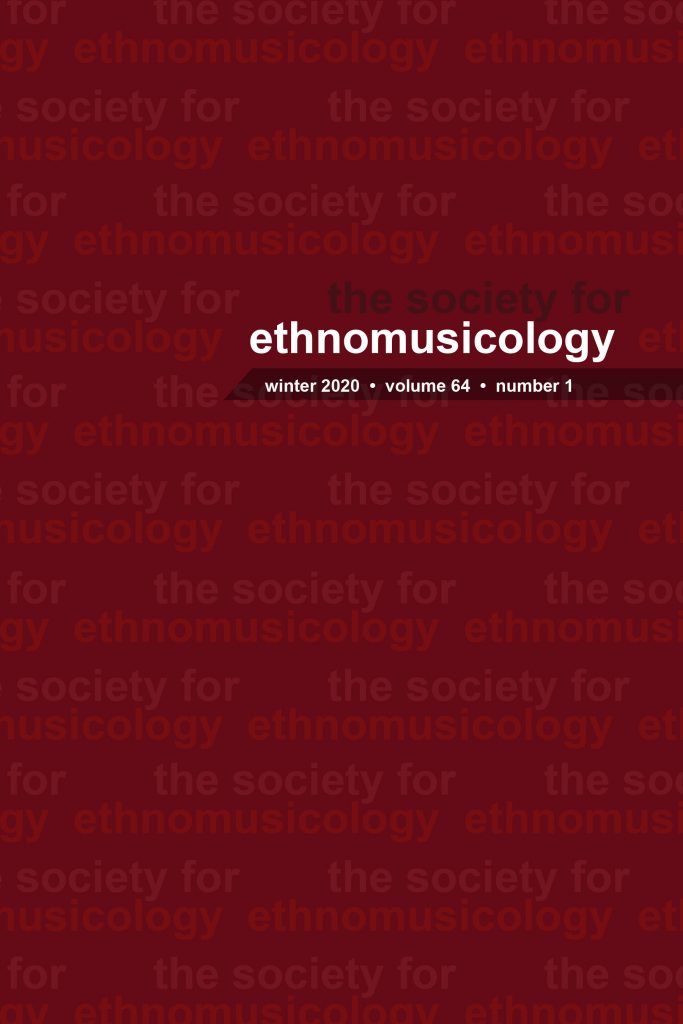
*SPECIAL OPEN ACCESS ARTICLE*
Asian Fury: A Tale of Race, Rock, and Air Guitar
By Sydney Hutchinson (Volume 60, Issue 3, Fall 2016)
Asian and Asian American competitors of air guitar used their one-minute stage performances to comment ironically on the emasculation of Asian males and the infantilization of Asian females through the construct of “Asian fury.” Based on field research in Germany, Finland, and the United States since 2009, this article argues that air guitar performance has helped certain audiences to reimagine the linkages between race and rock.
Read the full article here.
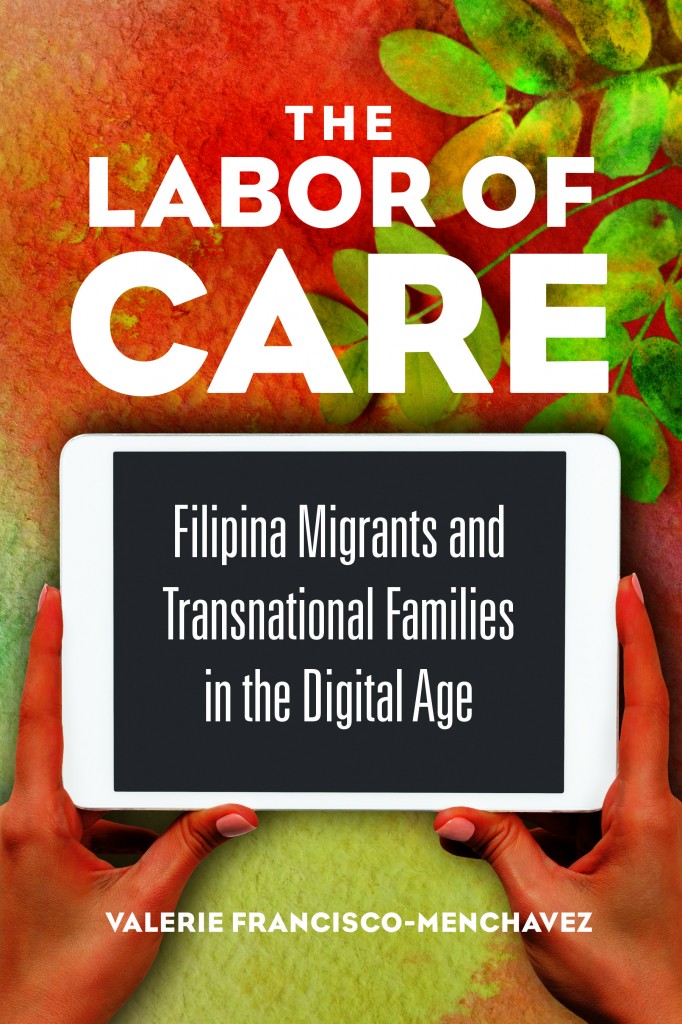
The Labor of Care: Filipina Migrants and Transnational Families in the Digital Age
By Valerie Francisco-Menchavez
For generations, migration moved in one direction at a time: migrants to host countries, and money to families left behind. The Labor of Care argues that globalization has changed all that. Drawing on interviews and up-close collaboration with working migrant women, Valerie Francisco-Menchavez looks at the sacrifices, emotional and material consequences, and recasting of roles that emerge from family separation.
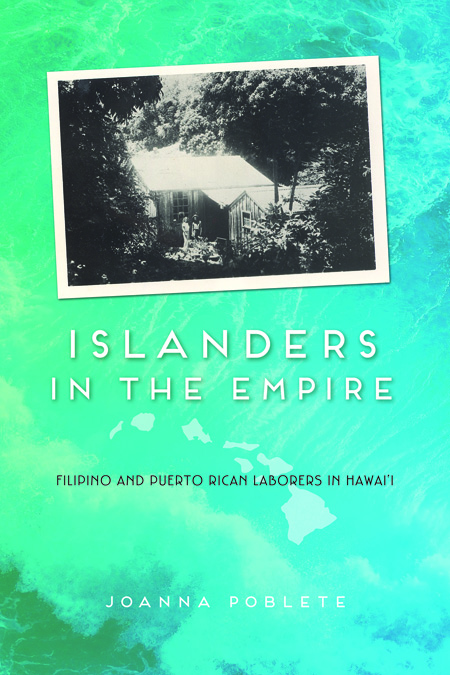
Islanders in the Empire: Filipino and Puerto Rican Laborers in Hawai‘i
By Joanna Poblete
In the early 1900s, workers from newly instated U.S. colonies in the Philippines and Puerto Rico held unusual legal status. As a result, Filipinos and Puerto Ricans could seek jobs in the United States and its territories despite the anti-immigration policies in place at the time. JoAnna Poblete’s Islanders in the Empire: Filipino and Puerto Rican Laborers in Hawai’i takes an in-depth look at how the two groups fared in a third new colony, Hawai’i.
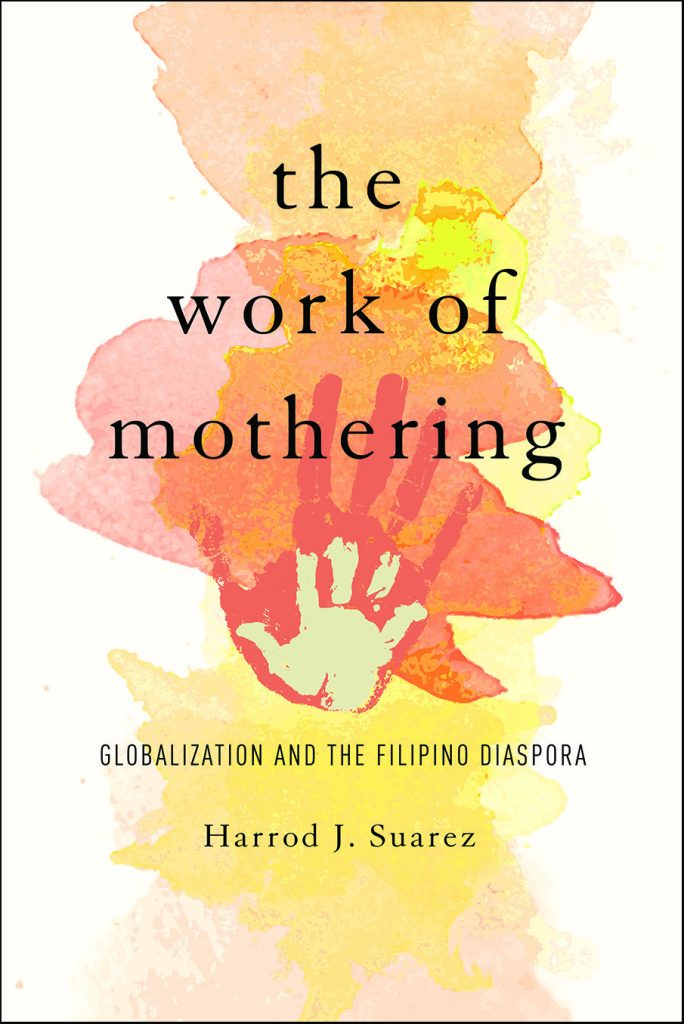
The Work of Mothering: Globalization and the Filipino Diaspora
By Harrod J. Suarez
Women make up a majority of the Filipino workforce laboring overseas. Harrod J. Suarez’s innovative readings of this cultural production explores issues of diaspora, gender, and labor. He details the ways literature and cinema play critical roles in encountering, addressing, and problematizing what we think we know about overseas Filipina workers.
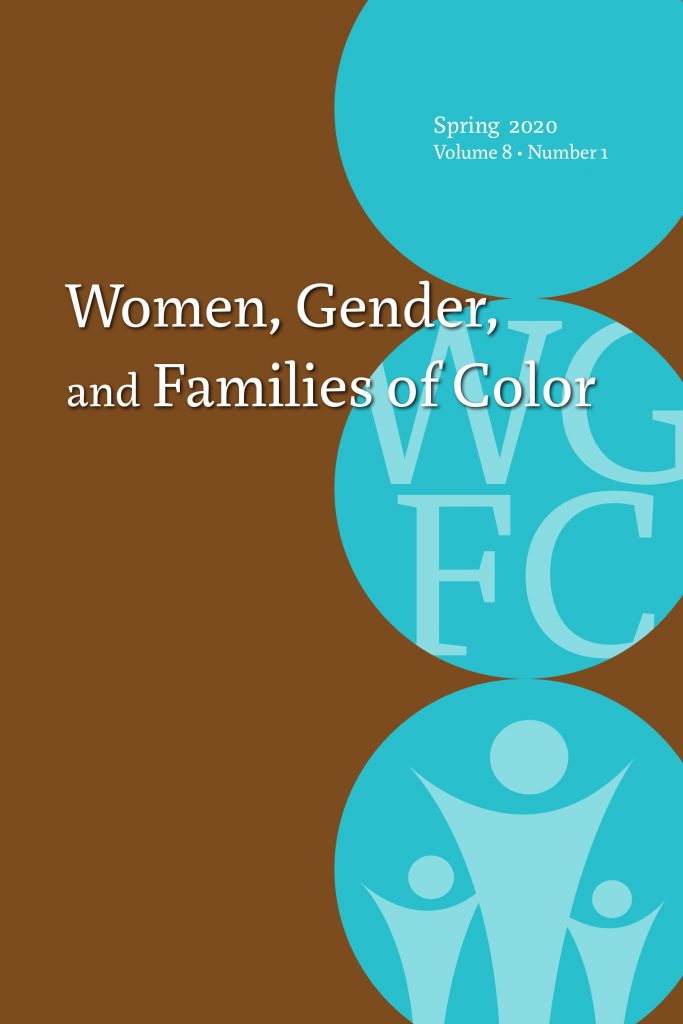
Diasporic Filipinx Queerness, Female Affective Labor, and Queer Heterosocial Relationalities in Letters to Montgomery Clift
By Thomas X. Sarmiento (Volume 5, Issue 2, Fall 2017)
With the narrow loss of Ferdinand “Bongbong” Marcos Jr.’s bid for the Philippine vice presidency in 2016, thirty years after his late father’s authoritarian regime crumbled, and with ongoing dissent against the senior Marcos’s burial later that year in the national cemetery for heroes, the ghosts of martial law continue to haunt the Philippines and its U.S. diaspora.
Read the full article here.
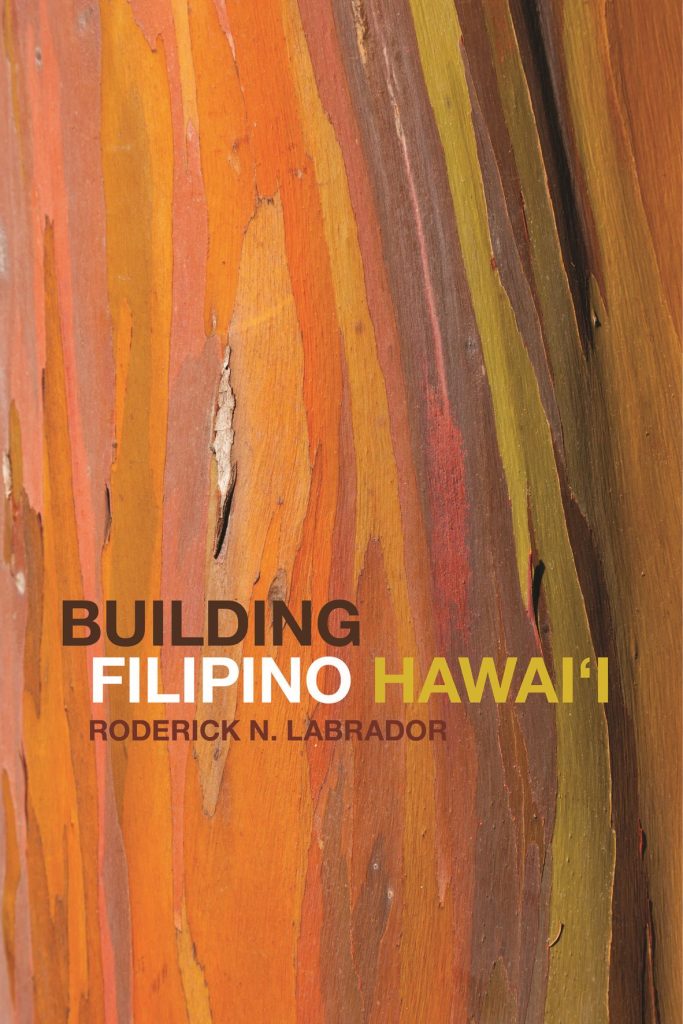
By Roderick N. Labrador
Drawing on ten years of interviews and ethnographic and archival research, Building Filipino Hawai’i delves into the ways Filipinos in Hawai’i have balanced their pursuit of upward mobility and mainstream acceptance with a desire to keep their Filipino identity. Critiquing the image of Hawai’i as a postracial paradise, Roderick N. Labrador reveals the ways Filipino immigrants talk about their relationships to the place(s) they left and the place(s) where they’ve settled, and how these discourses shape their identities.
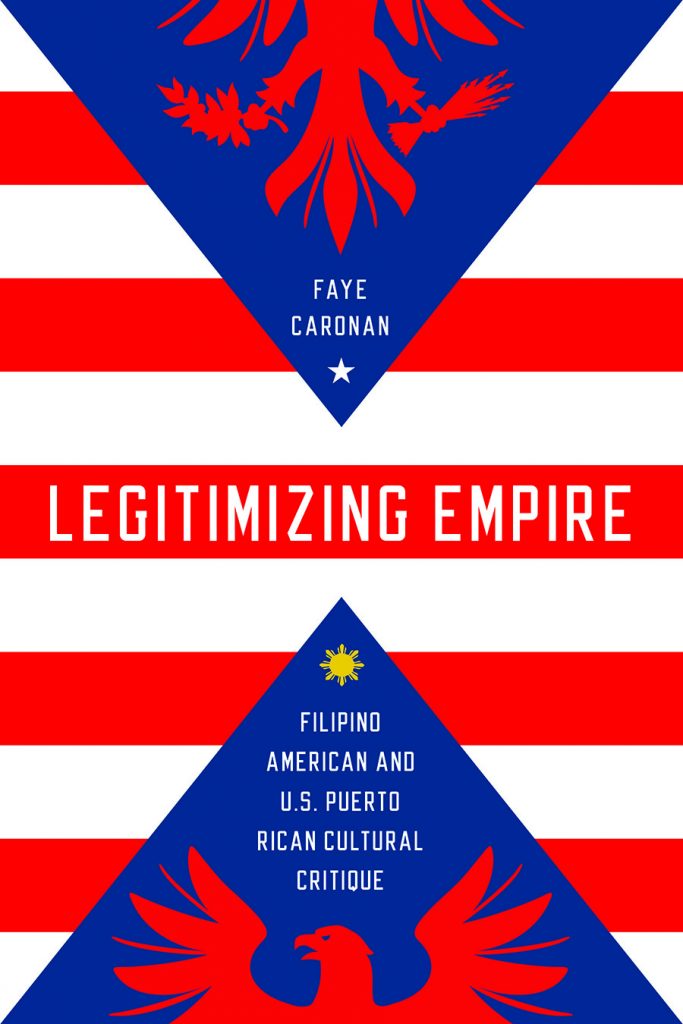
Legitimizing Empire: Filipino American and U.S. Puerto Rican Cultural Critique
By Faye Caronan
When the United States acquired the Philippines and Puerto Rico, it reconciled its status as an empire with its anticolonial roots by claiming that it would altruistically establish democratic institutions in its new colonies. Ever since, Filipino and Puerto Rican artists have challenged promises of benevolent assimilation, instead portraying U.S. imperialism as both self-interested and unexceptional among empires.
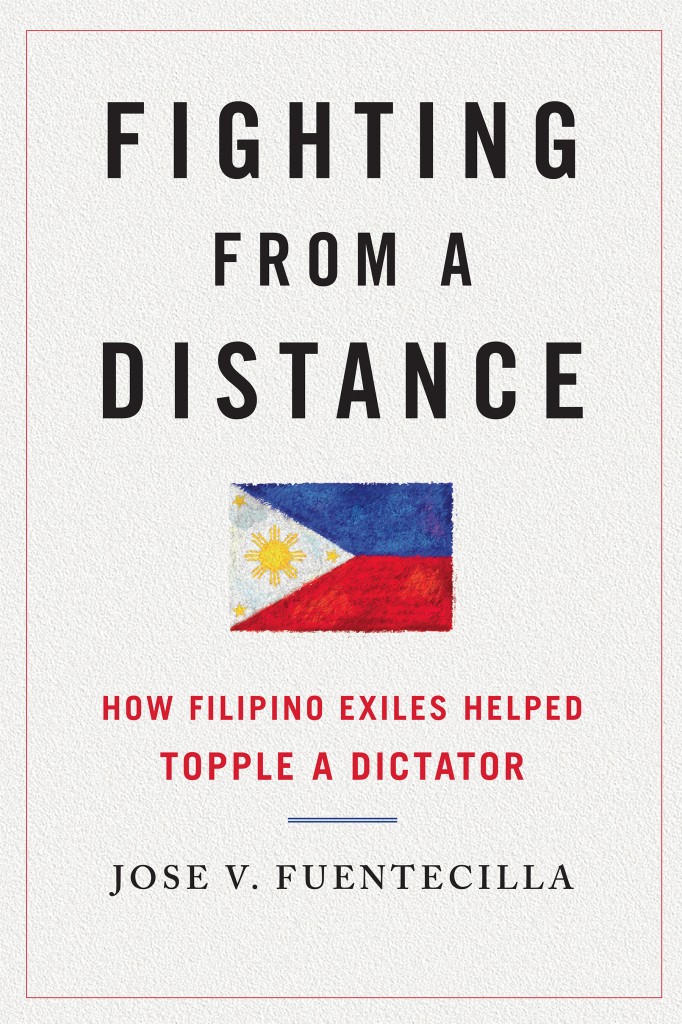
Fighting from a Distance: How Filipino Exiles Helped Topple a Dictator
By Jose V. Fuentecilla
During February 1986, a grassroots revolution overthrew the fourteen-year dictatorship of former president Ferdinand Marcos in the Philippines. In this book, Jose V. Fuentecilla describes how Filipino exiles and immigrants in the United States played a crucial role in this victory, acting as the overseas arm of the opposition that helped return their country to democracy. In the process, he draws from multiple hours of interviews with the principal activists, personal files of resistance leaders, and U.S. government records revealing the surveillance of the resistance by pro-Marcos White House administrations.
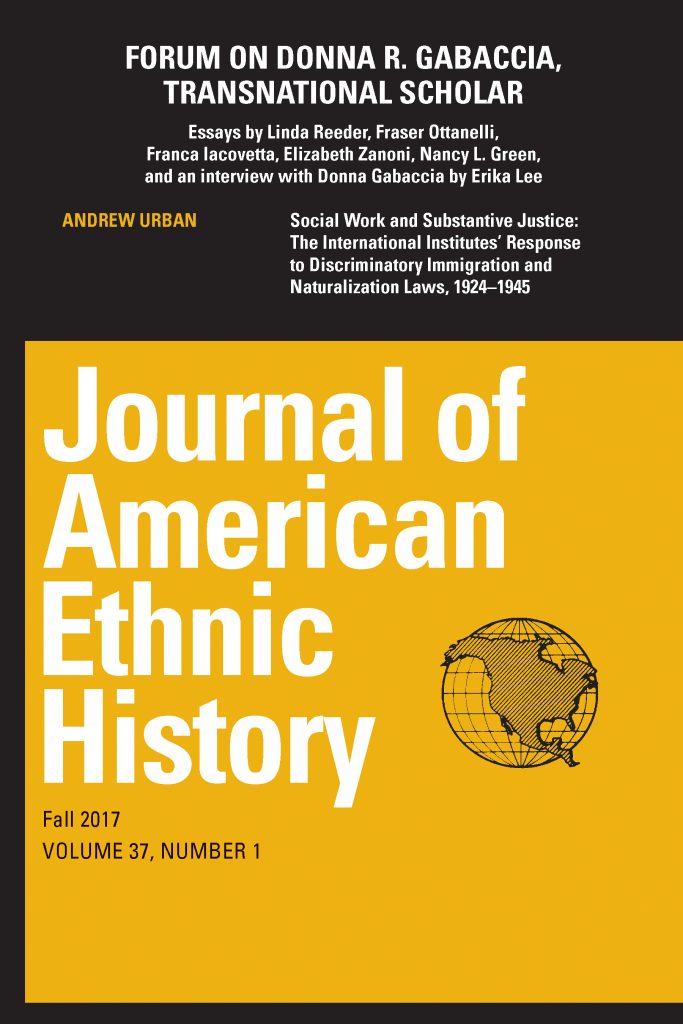
*SPECIAL OPEN ACCESS ARTICLES*
Frank Mancao’s “Pinoy Image”: Photography, Masculinity, and Respectability in Depression-Era California
By Adrian De Leon (Volume 41, Issue 2, Winter 2022)
Read the full article here.
Manila Prepares for Independence: Filipina/o Campaigns for US Citizenship and the Reorienting of American Ethnic Histories
By Jane Hong (Volume 38, Issue 1, Fall 2018)
Read the full article here.
Nation of Migrants, Historians of Migration
By Adam Goodman (Volume 34, Issue 4, Summer 2015)
Read the full article here.
A Part and Apart: Asian American and Immigration History
By Erika Lee (Volume 34, Issue 4, Summer 2015)
Read the full article here.
Transnationalism and Higher Education: Four Filipino Chicago Case Studies
By Barbara M. Posadas (Volume 32, Issue 2, Winter 2013)
Read the full article here.
